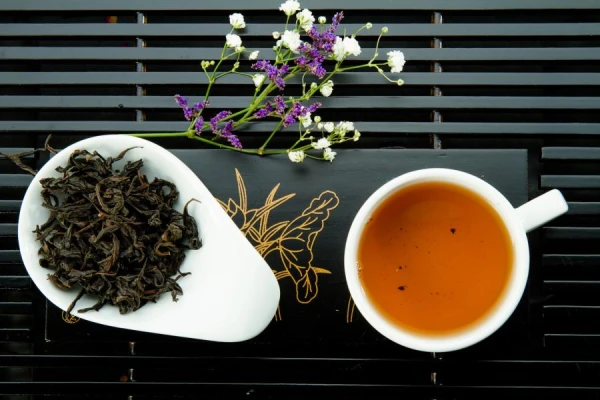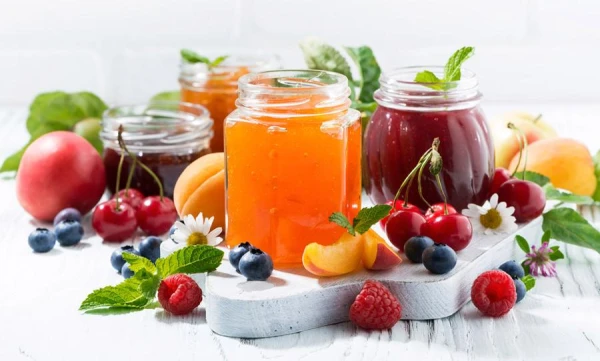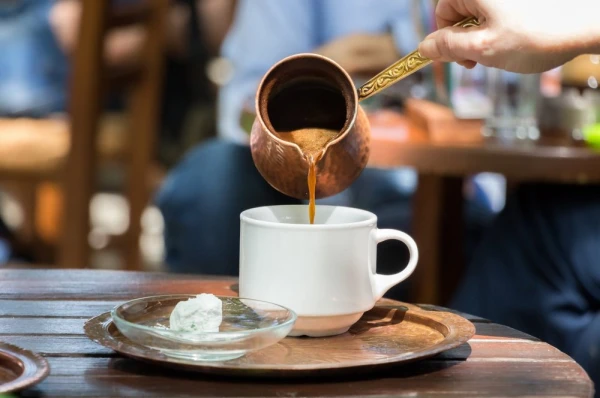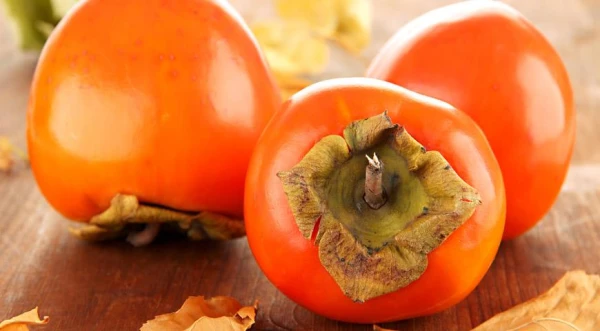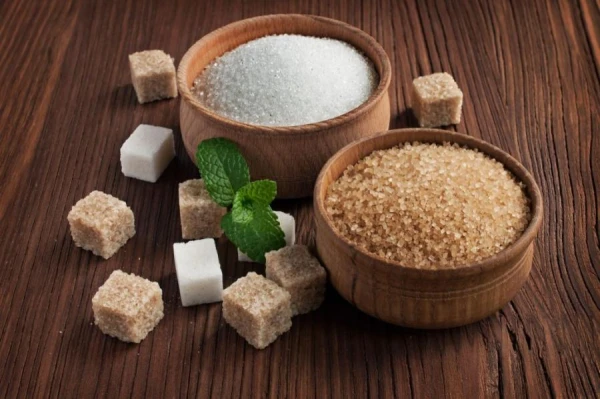
It is said that when choosing between white and brown sugar, it is better to prefer the latter. This is explained by the fact that brown sugar is healthier. But is this really the case?
Some people think that color is the only difference between white and brown sugar. Or that brown sugar is just the same as white sugar, but unrefined (that is, not purified from impurities). In fact, this is correct, but the main feature of brown sugar is its composition.
What sugar is made from
In industry, sugar is distinguished by the source of raw materials. The following types are used for the production of confectionery: cane, beet, palm, and maple.
Any of these types of sugar is refined (purified from impurities), but only cane sugar can be used in an unrefined form for food, as the other options have unpleasant taste nuances in their unrefined state.
How sugar is made
The process of obtaining sugar consists of several stages. First, sugar beets or sugar cane are cut, washed, and prepared for extraction — the extraction of sugar using hot water. After the juice is extracted, a byproduct remains — a thick brown syrup called molasses.
The obtained juice, which contains about 15% sucrose, is mixed with lime milk to remove heavy impurities and passed through a carbon dioxide solution, which binds substances not related to sugar.
Then the resulting raw material is filtered, and a purified juice is obtained, which is bleached with sulfur dioxide and filtered through activated carbon. Many types of sugar contain varying amounts of plant juice — molasses (also known as syrup), which gives the crystals different shades of white.
After evaporating excess moisture, a liquid with a sugar content of 50-65% remains, which is then sent for crystallization. This procedure aims to obtain the next intermediate product of processing — a syrup (a mixture of sucrose crystals and molasses). Next, to finally bleach the sugar, remove the "coloring" molasses, and leave only sucrose, a centrifuge is used. The white sugar obtained at this stage just needs to be dried. It can already be consumed — unlike cane sugar, the production process of which does not end at this stage.
Now that the white sugar is ready, we move on to the production of brown sugar. It is created in one of two ways: either molasses is added back to white sugar, or the original sugar is only partially processed, so that some of the original molasses still remains. It is the molasses that gives brown sugar its rich color.
Which sugar is healthier: white or brown
The main advantage of unrefined cane brown sugar is its chemical composition. It differs in the content of various trace elements in sugar. The calorie content of the two types is almost the same. Brown sugar, compared to white, contains elements such as magnesium, potassium, iron, calcium, phosphorus, and zinc. It also has a large amount of B vitamins. During the refining process, all these beneficial substances are removed along with the molasses.
So yes, brown sugar does have certain advantages. However, it will only be considered healthier compared to regular white sugar in the case of moderate consumption. In simple terms, do not think that since unrefined sugar contains more beneficial substances, you can eat more and more often. If you decide to lead a healthy lifestyle and replace white sugar with brown sugar, but do not reduce the number of teaspoons of this sweetener in your tea, there will be no particular benefit.
